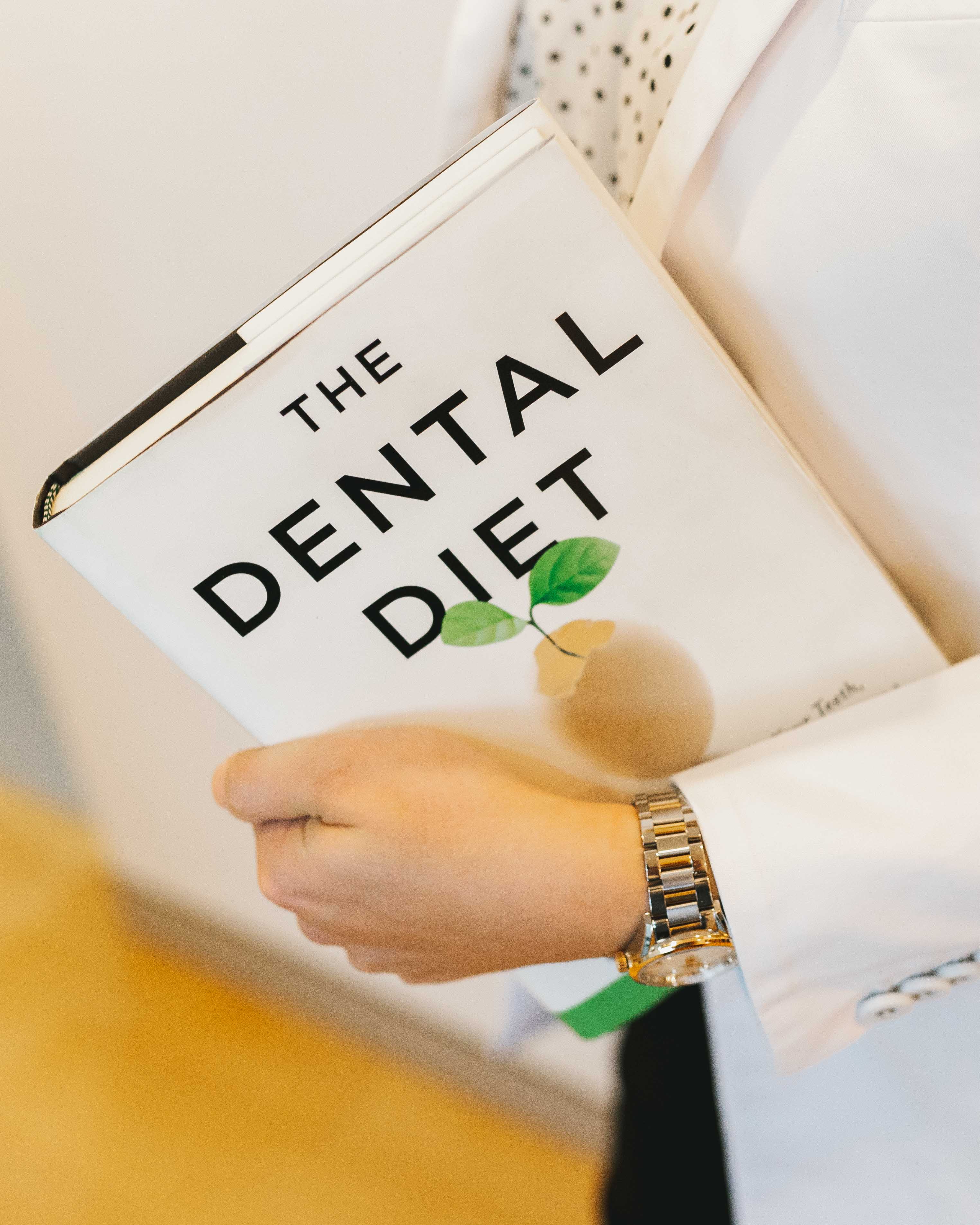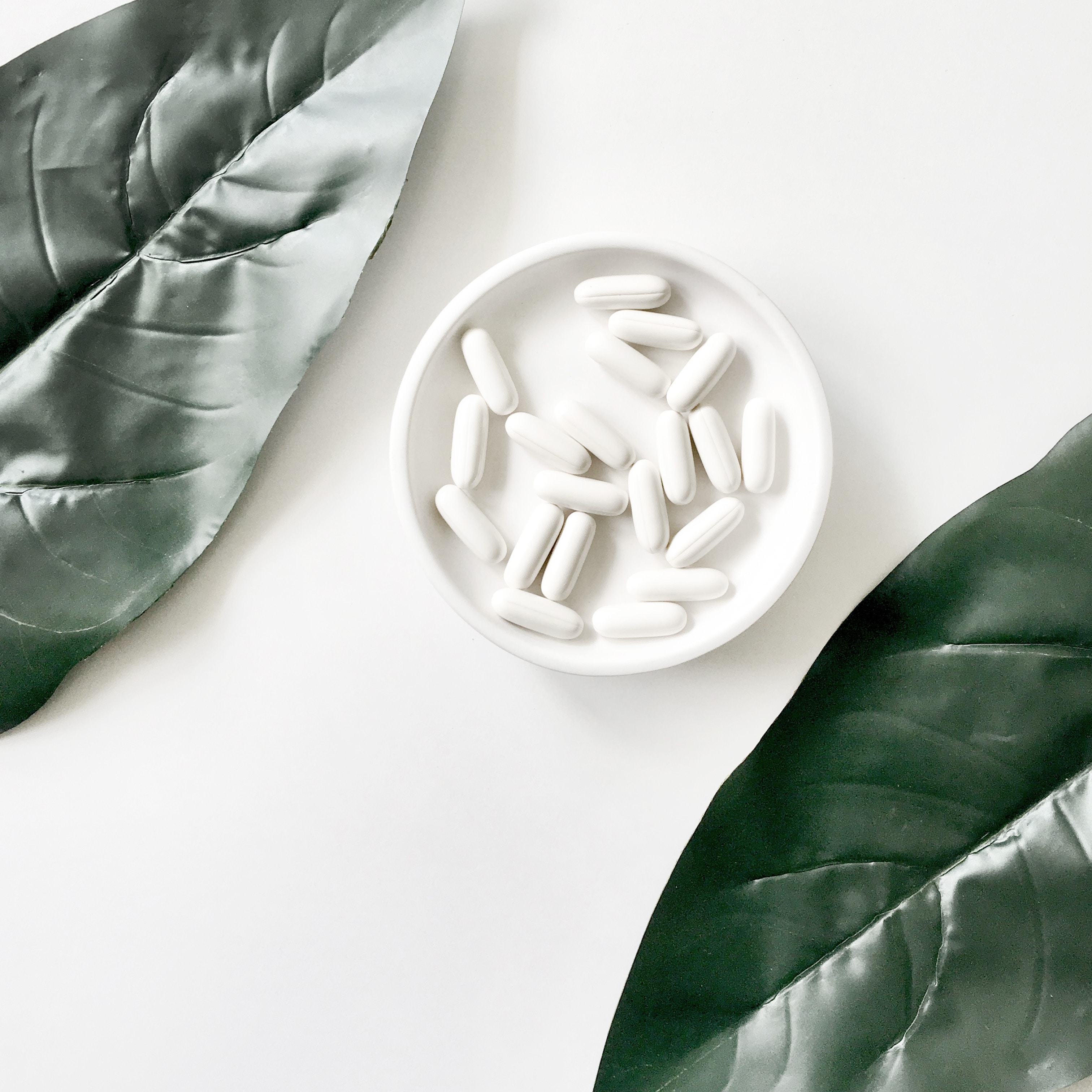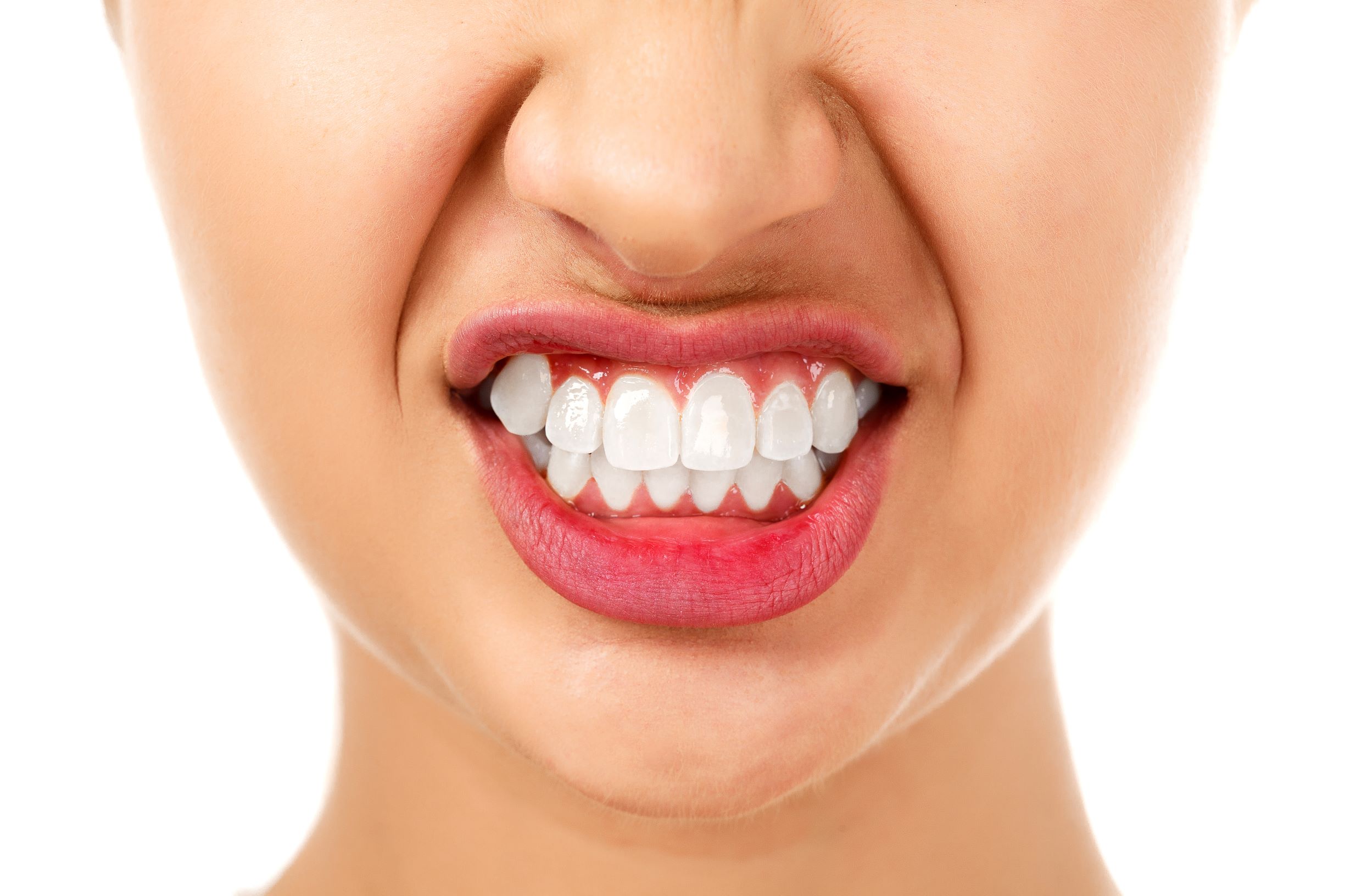
Dental Health Week: How to take the bite out of our dental health crisis
Expensive and painful dental treatments have become part of growing up for many children; a sad reality that Helix Dentistry is determined to change for

Bad breath is an extremely common problem today. It can severely limit both your professional and personal life and you should never ignore it.
Many people have to use mouthwash and breath mints or gum often, you may suffer from chronic bad breath.
If this sounds like you or a family member, it’s time for a quick and easy assessment.
Book an appointment at our Central Coast, Gosford Bad Breath Clinic today.
Our bad breath clinic is based around finding the cause of your bad breath.
Often people who suffer from bad breath struggle to find answers for their symptoms. The biggest challenge to curing bad breath is finding its cause.
Many people think that a mouthwash or a breath mint will cure the problem. However, bad breath indicates an underlying process occurring in the body.
The mouth is the most common source of bad breath.
Dental problems that cause bad breath include:
In some cases, bad breath originates from elsewhere in the body. It may be a message that something else is wrong. It’s vital to find which part of the body is are some conditions that can cause bad breath.
Let’s look at the different types of bad breath from other parts of the body.
A condition where a certain food which is eaten regularly is causing an odour from the mouth.
A simple breath test will determine which type of volatile compound is causing the bad breath and we can tell you how to eliminate it from the diet.
The Digestive System is a common source of bad breath.
Conditions that are associated with bad breath include:
Addressing the underlying digestive origin of ‘gut breath’ means treating the mouth and stomach as one whole system.
Is often associated with a smell that originates from the sinuses or back of the throat
Conditions associated with nasal bad breath include:
Metabolic causes of bad breath can induce a ‘sweet’ type of bad breath due to the presence of high blood sugar.
Chronic liver disease may induce a bad breath detectable in the mouth.
These may include
Hormonal and bacterial changes during pregnancy as well as shifts in menstrual cycles can affect the oral and gut bacteria.
You shouldn’t wait if you suffer from bad breath. Get checked for bad breath regularly as it can link to serious diseases.
In our Luminous Bad Breath Clinic we perform a simple breath test to identify the most common chemical compounds that cause bad breath.
Cure Bad Breath with Our Easy 3-Step Bad Breath Program
We measure, test and record the different levels of compounds in the breath and compare them in order to find out more about your bad breath.
The most common causes of bad breath come from the mouth. Oral bacteria that break dietary proteins are usually to blame.
Protein breakdown is a function of normal mouth and gut microbiota. However, an imbalance in the oral and gut microbiome can create a build-up of by-products that causes bad breath. This means bad breath can be a sign of bacterial imbalance in these areas due to your diet or nutrient deficiency.
The by-products that cause bad breath are most commonly volatile sulfide compounds.
There are three volatile sulfur compounds well known to cause bad breath.
Here are three types of bad breath caused by VSCs:
So let’s look at the compounds in your bad breath diet:
If you suffer from ‘rotten egg’ breath, it’s due to the amino acid ‘cysteine’.
When you consume the semi-essential amino acid cysteine, the body breaks it down into hydrogen sulfide. The result is the pungent, eggy smell associated with the volatile compounds.
Hydrogen sulfide may also participate in the bacteria-induced inflammatory response in gum diseases. Therefore, bad breath may be an early sign of gum disease.
Foods rich in cysteine are often high in protein. They include:
If you suffer from ‘rotten egg’ breath, it’s due to the amino acid ‘cysteine’.
When you consume the semi-essential amino acid cysteine, the body breaks it down into hydrogen sulfide. The result is the pungent, eggy smell associated with the volatile compounds.
Hydrogen sulfide may also participate in the bacteria-induced inflammatory response in gum diseases. Therefore, bad breath may be an early sign of gum disease.
Foods rich in cysteine are often high in protein. They include:
Some vegetables in the brassica family tend to cause more gas than any other veggies because they contain sulfur. These include:
They’re usually less gas-forming eaten cooked rather than raw, but they might still be a problem. Eat them in small quantities at one time, avoid eating too many types in one day and chew them well.
This is a comprehensive list and cutting out all these foods for life is impractical. However, trial and error will show you which foods you need to reduce or eliminate to rebalance your oral microbiome.
To begin with, pick out a few culprit foods that you eat the most and reduce them for two weeks. Monitor your bad breath to see if it improves.
90% of bad breath is due to the breakdown of hydrogen or dimethyl sulfide. If ‘ocean or fishy smell’ fits your bad breath, try reducing foods that produce this VSC.
Foods that contain the VSC dimethyl sulfide:
The breakdown of the essential amino acid methionine creates the toxic by-product methyl mercaptan.
Its presence with bleeding gums suggests involvement in the induction and/or progression of gum disease. Therefore this type of bad breath often comes along gum disease and digestive problems.
Book an appointment for your personalised Central Coast Gosford Bad Breath treatment today!

Expensive and painful dental treatments have become part of growing up for many children; a sad reality that Helix Dentistry is determined to change for

Did you know that bacteria in your mouth actually protect your teeth from decay and gums from gum disease? There is increasing use of probiotics

Upper Airway Resistance Syndrome – Never heard of UARS? Well don’t worry, you’re not alone. It’s always been here, but as a health profession we’ve


